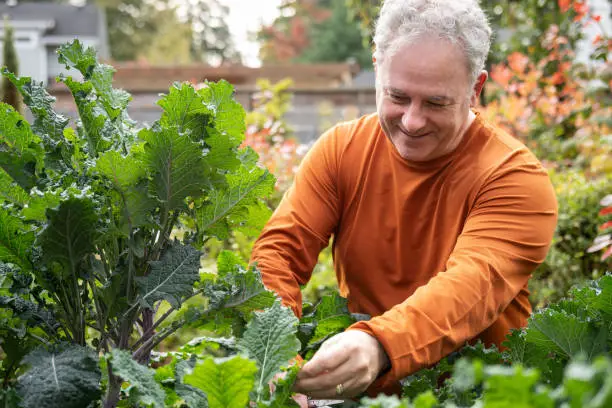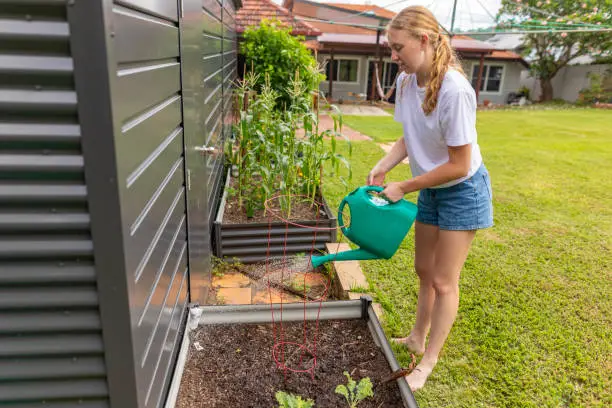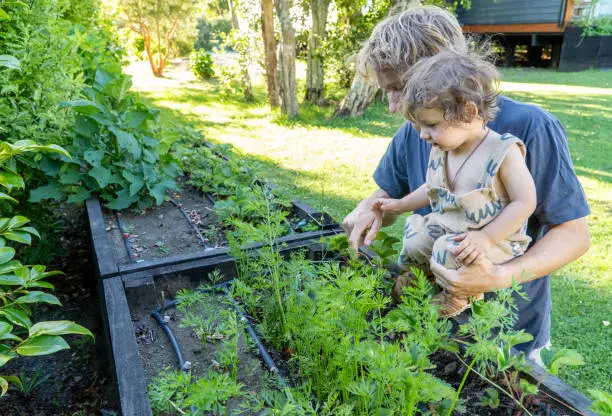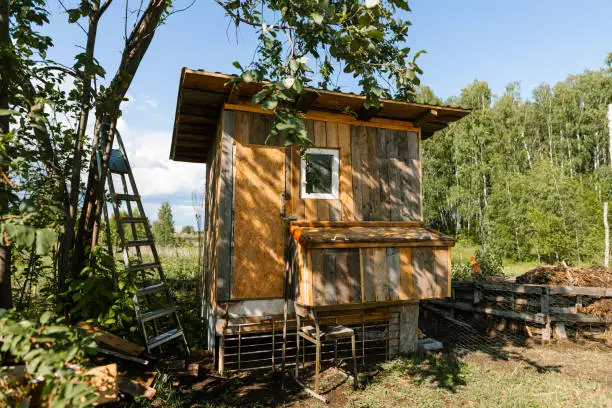The backyard homesteading is like having a cooking magic wand. Consider picking fresh basil for homemade pizza or rosemary for Sunday roast. Enjoying gardening and having fresh herbs at hand is incomparable.
Let’s start with basil. Warm temperatures and sunlight suit this fragrant herb. Although easy to care for, it needs regular watering. Basil grows in containers or on the ground. Its flavor benefits pesto, caprese salads, and pasta dishes. Just snip off blossoms as they appear to promote leaf growth.
Tough as nails rosemary is next. The woody perennial prefers full sun and well-drained soil. Once established, it needs only occasional trimming to avoid legginess. The intense rosemary flavor makes it great for roasting meats and potatoes or infusing oils and vinegar.
Thyme is a small but powerful herb with many uses. Once established, it enjoys sunny, well-drained soil but may endure drought. Thyme complements poultry, fish, veggies, and bread doughs. Its small leaves make it easy to sprinkle over meals without overwhelming them.
Remember oregano! Mediterranean cooking relies on this hardy perennial that thrives in sunny, well-drained soil. Its intense flavor benefits tomato sauces, grilled meats, and homemade salad dressings.
Although mint may spread like wildfire if not contained, it’s worth growing for its refreshing flavor. Mint likes moderate shade and moist soil. It benefits from teas, cocktails (mojitos!), sweets, and savory meals.
Parsley, an undervalued culinary staple, is another must-have. Whether curly or flat-leaf, parsley thrives on rich soil with plenty of moisture, sunlight, or partial shade in hot climates. It freshens soups, stews, salads, and more!

Cilantro (coriander) will spice things up. This fast-growing perennial thrives in mild weather but bolts quickly when temperatures rise. Plant repeatedly for ongoing harvests! Cilantro zests salsas, guacamole, tacos, etc.
Sage—how could we forget him? This perennial herb grows in full sun and tolerates poor soils better than most other herbs due to its velvety gray-green leaves and earthy perfume, like Thanksgiving stuffing! Sage goes well with meat, stuffing, and buttery sauces—you’ll never run out of ways to use it in cooking!
Chives are peppery! These slender green shoots pack a punch when chopped finely into omelets, baked potatoes, dips, and spreads. Their beautiful purple blossoms attract pollinators, making them a double-duty plant worth cultivating backyard homestead any day or week, year-round. Friends and family will thank you later.
Create a Medicinal Herb Garden in Your Backyard
Imagine leaving your back door into a beautiful, verdant haven where you can find relief. Backyard homesteading may be rewarding and therapeutic, like having nature’s pharmacy in your backyard.
Let’s get our hands dirty with practical suggestions on growing herbal treatments.
Selecting Plant Partners
Decide which herbs to grow in your yard initially. Chamomile, lavender, peppermint, and echinacea are basics. These are easy to cultivate and strong healers.
Chamomile helps sleep and calms nerves. Lavender smells tremendous and treats anxiety and minor burns. Peppermint aids digestion, while echinacea increases immunity.
A quick tip: Choose climate-appropriate plants. Some herbs love the sun, others the shade. Before committing, research each plant’s demands.
Soil Matters
Your herbs will thrive in healthy soil. Think of soil as the foundation of your herbal garden—nutrient-rich and well-draining. Waterlogged soil rots roots faster than you can say “herbal remedy.”
Add compost or organic matter to enhance the soil. Your plants get nutrients without chemical fertilizers.
Use water wisely
Overwatering is a typical beginner gardening mistake. Most herbs prefer less water than flowers or vegetables. A good rule of thumb is water if your finger sticks an inch into the soil and feels dry.
Morning irrigation reduces fungal diseases by letting leaves dry out over the day.

Sunlight-savvy
Many medicinal herbs, including rosemary and thyme, need six hours of sunlight daily. Mint and Parsley thrive in partial shade.
In your garden, make sure bigger plants don’t shade shorter ones. This way, everyone gets enough sunlight without drama.
Happiness Harvest
Timing is essential while harvesting leaves. Pick chamomile flowers early in the morning after the dew has dried but before midday heat—their essential oils are most potent then.
Use sharp scissors or pruning shears to pick plants without damage. Remember, regular harvesting promotes development!
Drying and storing
Once gathered, drying preserves these natural treatments year-round. Bundle tiny bunches with twine and hang them upside down in a dark, well-ventilated room for 1-2 weeks to air-dry.
Dried herbs stay potent longer in closed containers out of direct sunlight.
Homemade Remedies
Making herbal treatments is as easy as making tea or tinctures:
– Chamomile Tea: Steep fresh or dried chamomile flowers in boiling water for 5-10 minutes.
Lavender Oil: Infuse lavender buds in olive oil for weeks; filter before use.
Tincture of peppermint: For 4-6 weeks, soak peppermint leaves in vodka; drain into dropper bottles.
These essential recipes enable infinite customization of therapies to meet individual needs!
The Pest Patrol
Aphids and spider mites may visit herbs, but don’t worry! Natural remedies abound:
Neem Oil repels insects.
Release Ladybugs—they adore eating pests!
Do not use chemical pesticides that destroy beneficial insects and herb quality.
Sharing Cares
Have you got lots? Give friends and neighbors extra harvests! This builds community and promotes natural healing—win-win!
You could even join a local herb exchange club to trade seasonal varieties—a great way to diversify plants without spending money!
Gardening promotes home well-being and plant growth! With time and some trial and error, anyone can turn their backyard into a botanical oasis when needed!
Imagine entering a lush oasis for relief. Homesteading in the backyard can be therapeutic. Basics include chamomile, lavender, peppermint, and echinacea. Chamomile promotes sleep, lavender cures anxiety, peppermint supports digestion, and echinacea boosts immunity.
Select climate-appropriate species and improve soil drainage. Water herbs less than flowers or vegetables to avoid overwatering. Some therapeutic herbs survive in partial shade, but most need six hours of sunlight daily.
Morning chamomile harvests yield the best essential oils—dry herbs in dark, well-ventilated areas for 1-2 weeks. Chamomile tea, lavender oil, and peppermint vodka tinctures are easy homemade cures.
Neem oil and ladybugs protect herbs. Join an herb exchange club or share extra harvests with neighbors. With patience, anyone can grow a floral sanctuary in their garden.





Leave a Reply
You must be logged in to post a comment.